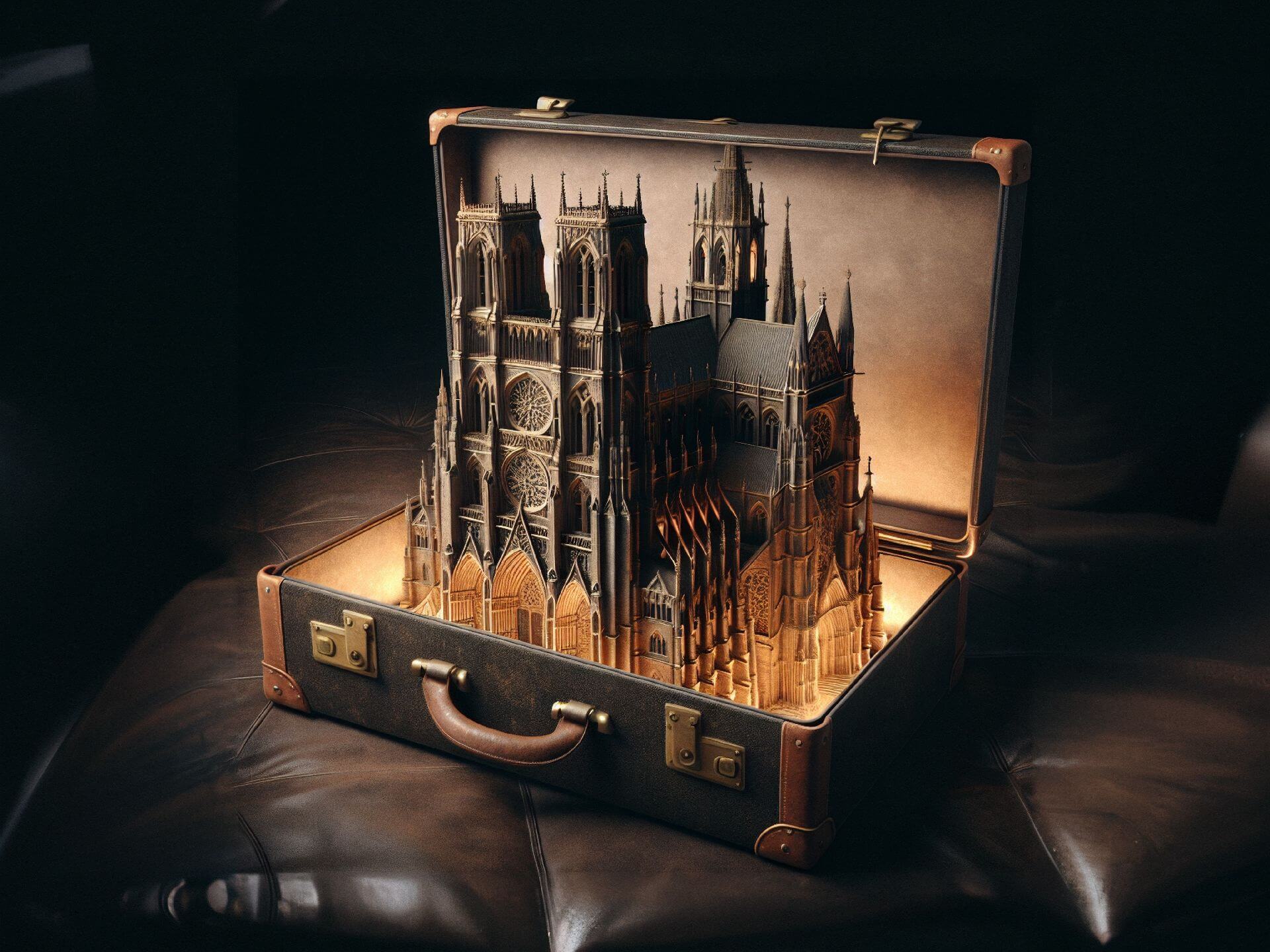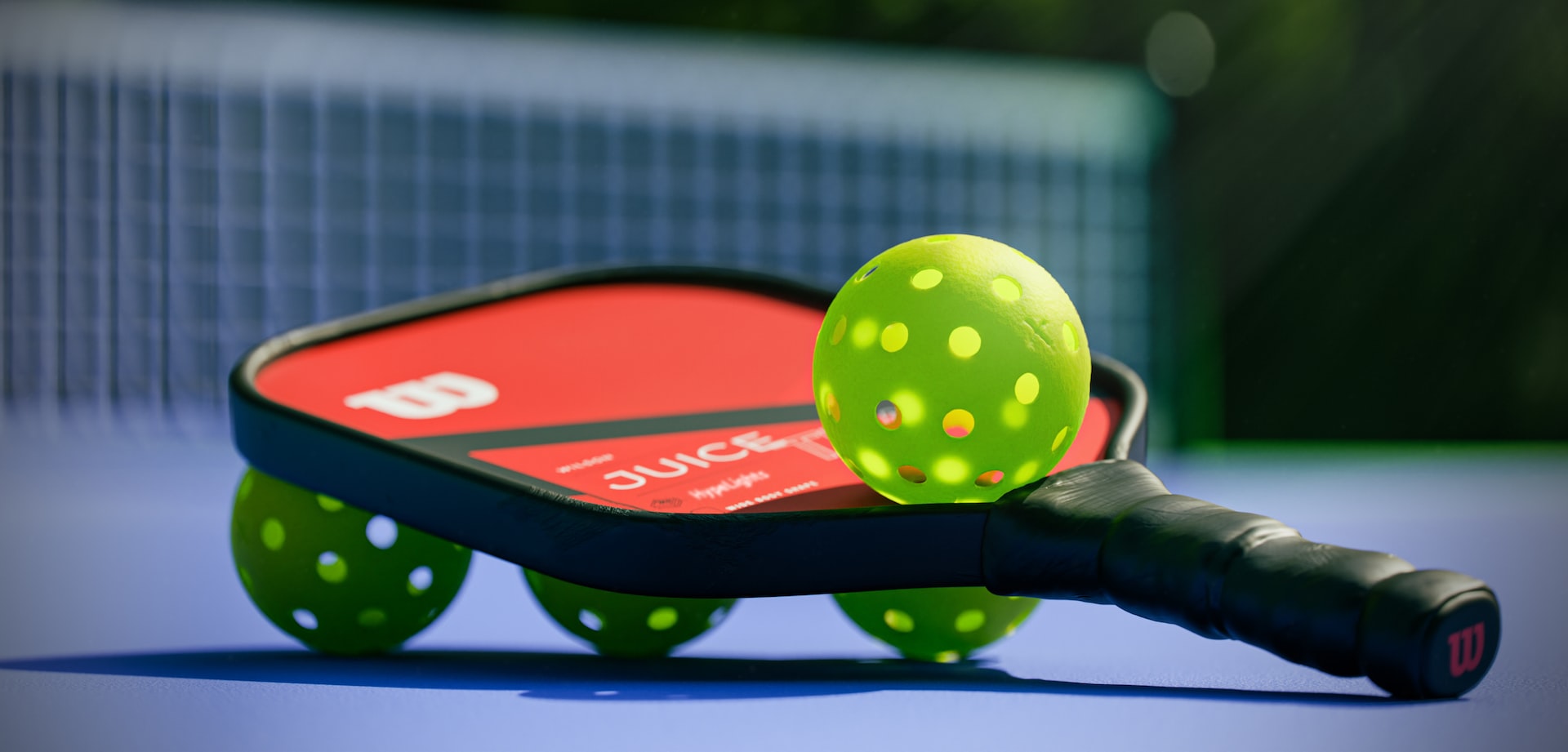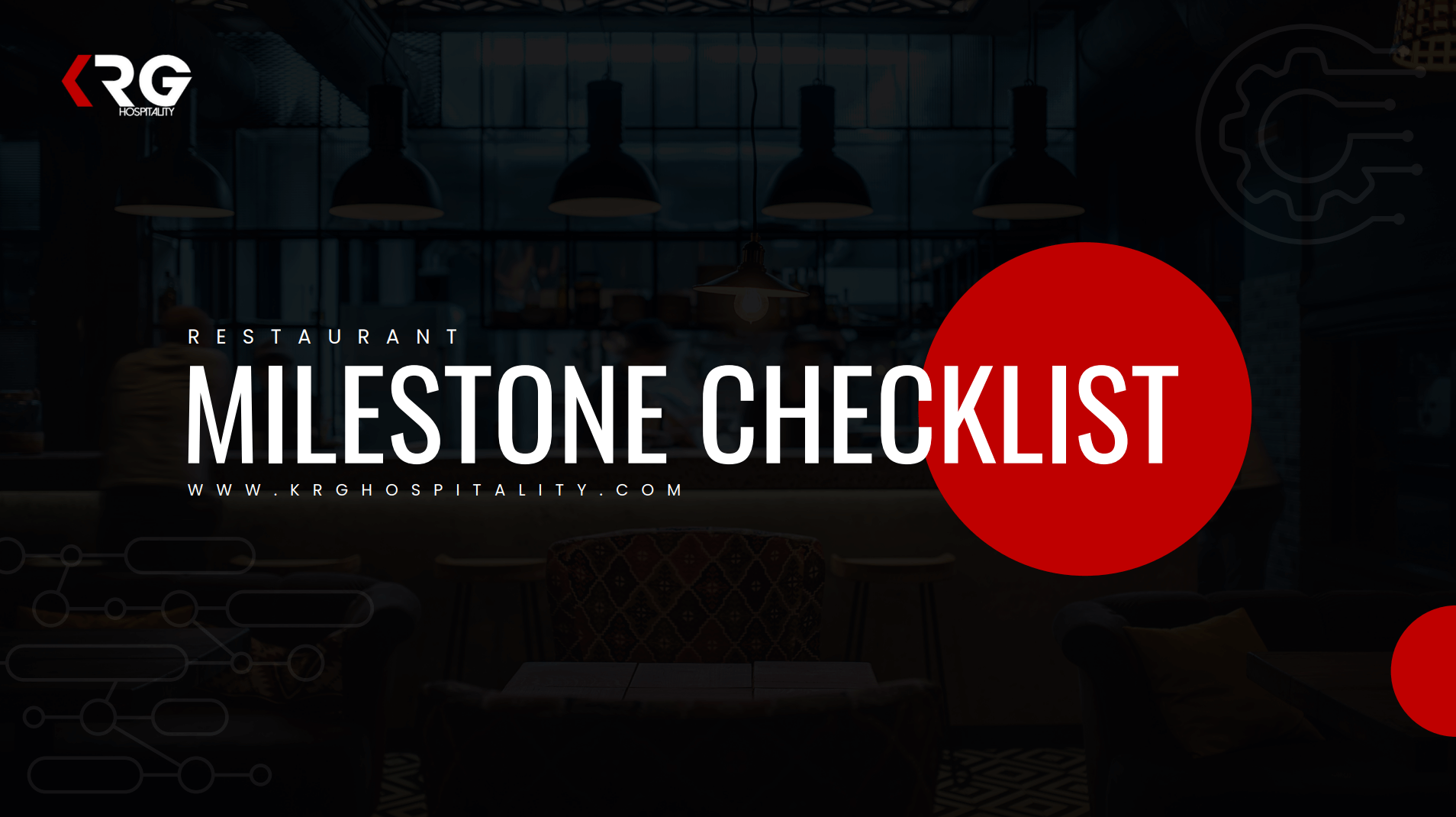The Most Underused Element of Your Business
by David Klemt

What, you’ve never seen a cathedral inside a suitcase with a glowing interior before?
There’s a part of your business that you see and use every day, and yet it’s very likely the least leveraged element of your bar, restaurant or hotel.
If there are couple (or more) areas of your business running through your mind right now, that’s a bit of a red flag. For now, I want you to focus on a specific feature of your venue: the name.
When you were developing your concept, did it have a different name than it does now? Are you proud of the name? Do you think it pops and demands attention?
During his 2024 Bar & Restaurant Expo session, Michael Tipps posited that most operators are averse to attaching an abstract or enigmatic handle to their concept. That is, in his opinion, a mistake.
“The name is the most under-utilized element of a bar or restaurant,” he said plainly.
For context, this is a man who has proudly affixed the monikers Shoo Shoo, Baby and Mama Foo Foo to concepts in Los Angeles and Daytona Beach, respectively. I’m not going to provide more examples since some concepts are yet to be revealed officially, but there’s more label lunacy in the works.
The word “works” is a segue for addressing the fear or being too “out there.” As they say, it isn’t crazy if it works. Part of making sure the name and thematic elements work is developing a concept’s identity. With that achieved, marketing will be far more effective.
Make an Impact
As we tell KRG Hospitality clients, concept development is the fun stage of project planning. It’s a collaborative effort that gives everyone involved the opportunity to be creative.
Moreover, an effective consultant will help their client swing for the fences rather than stay too grounded. The concept development stage shouldn’t be about dumbing down and saying no. The right consultant-client relationship will be about asking, “How can we get to where and who you want to be?”
Tipps, co-founder of Maverick Theory, will tell you that our F&B world is a social experiment. Guests really aren’t coming to buy food and beverages; they’re at your venue to socialize, connect, feel valued.
“It’s not about what you’re doing, it’s about what you’re being while you do it,” he says. So, I think it’s safe for me to say that he would ask why someone would want to be mediocre. Why would they want their concept to blend in rather than stand out?
As he said during his BRE session, “Everyone who wants to build a concept that’s original and blows people away also includes people who build mediocre, cliche restaurants and bars.
If your concept doesn’t make an impact on a guest and make them curious enough to step through the doors, that’s not a great start. Yes, outstanding service is crucial; it converts one-time guests into repeat visitors. However, they need a reason to become a guest in the first place.
Logically, that means the name, signage, and exterior design need to be impactful.
“Steven Spielberg didn’t make a scary shark movie called Scary Shark,” observed Tipps.
Why, then, do people continue to put “restaurant” or “bar” in the name of their business? Fear.
Stand Up and Stand Out
I doubt that a significant percentage of hospitality operators have said the following during concept development: “I’d really like to fade into the background.”
Combined, according to 2023 data, there are more than 810,000 restaurants and bars in the US alone. Add hotels and motels and that number jumps to well over 900,000.
The last thing that will help any of those businesses make money and keep the lights on is to become white noise. Saddle your concept with a boring name and that’s exactly what it will be, from the jump. Why do that to yourself?
As I said in the preceding section, fear. And Tipps would agree with my conclusion.
“You want to do something special but you also don’t want to do anything too esoteric,” said Tipps during his session. That’s the reason we see “restaurant” and “bar” on restaurant and bar signs.
There’s also the fact that things get very “real” for some people when they first open their doors to the public. They’re now in the spotlight, and the pressure to lead their business to success can be overwhelming.
It’s fair to theorize that some owners second-guess their name and branding when their nerves get the better of them. How will they ever live up to a bold, irresistible bar or restaurant name? What if people won’t come to the business if they aren’t 100-percent certain they know it’s a restaurant or bar?
Which would you rather visit? Mama Foo Foo Neighborhood Restaurant and Bar, or Mama Foo Foo? Which has more impact and sparks your curiosity? Which name would make you feel like you’ve arrived somewhere?
What’s in a Name?
Tipps didn’t title his BRE session “How to Name Your Restaurant or Bar.” Instead, his session was called “Cathedral in a Suitcase.”
Does that session title communicate the topic directly? Not exactly, but it certainly had an impact. And that was the point.
Rather than wonder how to name a restaurant or bar, Tipps (and the KRG team as well) wants operators, current and future, to consider different approaches to developing their concepts.
Certainly, we don’t need to label restaurants and bars as restaurants and bars. Further, as Tipps pointed out during his session, we don’t have to make them feel like restaurants and bars. I promise you, people will intuit how you intend for them to use your space.
Per Tipps, and once again, we agree, your restaurant can feel like a movie. Your bar can feel like an album. You can decide, while eschewing stereotypical elements, whether your venue is masculine, feminine, or neutral.
“Creativity is intelligence having fun,” said Tipps, so have fun with your concept in the development stage. That will translate to a fun, engaging venue (with the right systems and standards in place, of course).
From there, collaborate with a designer to transform your concept from vision to brick and mortar that creates connections. For example, add texture, because speaking to our sense of touch elicits a visceral reaction. Give careful consideration to lighting, because your guests want to look good. Make sure every element relates to the name and the theme.
So, what’s in a name? The future of your business.
Image: Shutterstock. Disclaimer: This image was generated by an Artificial Intelligence (AI) system.






